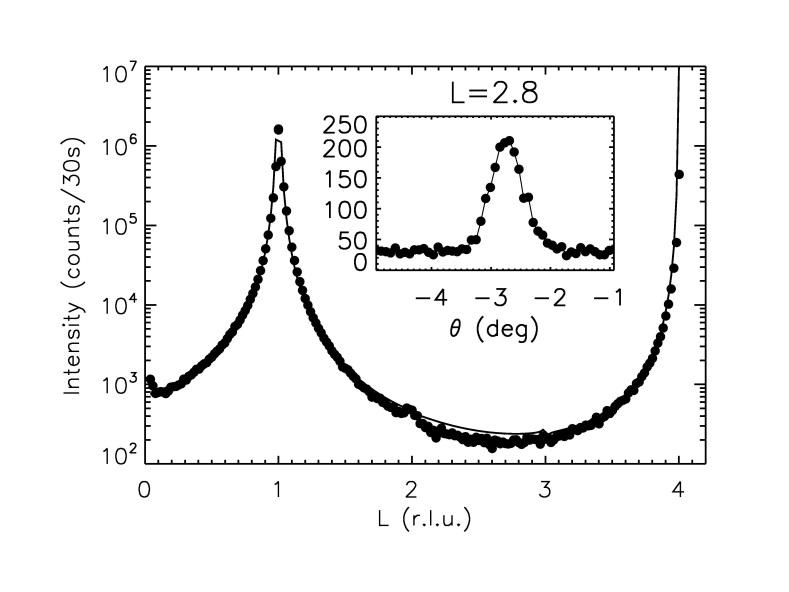XRD
X-Ray Diffraction
Characterisation Installation 4
XRD provides non-destructive information on the structural order of a material.
When the X-ray wavelength is of the order of the crystal lattice spacing, at large scattering angles XRD permits to identify different crystal phases in a sample and to quantify lattice distances and crystalline volume fractions.
At low angles of incidence, the X-rays are reflected at the surface or interface, and from the resulting X-ray reflectometry data the surface roughness of a single crystal and the thickness of a deposition layer can be obtained.
At an angle of incidence below the critical angle XRD is highly surface sensitive.
WARNING: Access to CNRS and DESY temporarily not available, but the technique is available at the other sites

Powder X-ray diffractometer “XPert Powder”
Hibrix
X-ray diffraction (phase, stress, texture analysis) of thin films and multilayers materials
X-ray reflectivity (thickness, electronic density, roughness) of thin films and mutilayers
X-ray fluorescence (chemical analysis)
Non ambient condition (heating up to 1100°C under different atmospheres)
X-ray microsource (50 to 150 micrometers spot size) 50 W with parallel and focusing primary optics (mirrors)
2D detector (60x60 mm², curved detector (120° aperture / radius 250 mm), fluorescence detector and scintillator
XRD
X-ray diffraction of nanopowder or thin film/multilayer materials, X-ray Reflectivity, Texture and Stress analysis, Epitaxial films, Grazing incidence, Non-ambient conditions.
Panalytical X’Pert Pro MPD and MPD diffractometers. Conventional Cu or Co tube. Thin film diffractometer is 4-angle goniometer with low/high resolution optics (2x and 4x Ge(220) crystal monochromators).
PIXCel detector (2D solid state detector 256x256 pixels works as 1D detector). Ideal for fast reciprocal space mapping (typical 30 min-1h).
Smartlab Rigaku
X-ray diffraction (phase, stress, texture analysis, in plane analysis) of polycristalline and epitaxial thin films and multilayers materials
X-ray reflectivity (thickness, electronic density, roughness) of thin films and mutilayers
X-ray fluorescence (chemical analysis) and Grazing incidence fluorescence (sub-nm in depth chemical profile)
U-SAXS with Bonse-Hart optics
Non ambient condition (heating up to 1100°C under different atmospheres)
2D detector (Pilatus 100K), linear detector (10° aperture / radius 250 mm), fluorescence detector and scintillator
Kα1-2 spectral lines
Kα1 spectral line with Johansson configuration (Bragg Brentano)
HR-XRD : Ge(220)x2; Ge(220)x4;, Ge(400)x2; Ge(400)x4;
Spot size at sample position (200 microns to few mm²)
200 eV for fluorescence
Reflectometer
XRD - MS Beamline @ Swiss Light Source Synchrotron
The Material Science (MS) beamline serves two endstations for surface diffraction and powder diffraction
Short-period (14 mm) in-vacuum, cryogenically cooled, permanent magnet undulator, flux at 10eV: 2.5x1013 ph/s/0.4 A, focused spot size 130µm x 40µm (1:1 focusing)
Six-circle Diffractometer
Four-circle X-ray diffractometer PanalyticalX'pert
XRD – D8 Advance
XRD – D8 Discover
XRD – Siemens D5000

